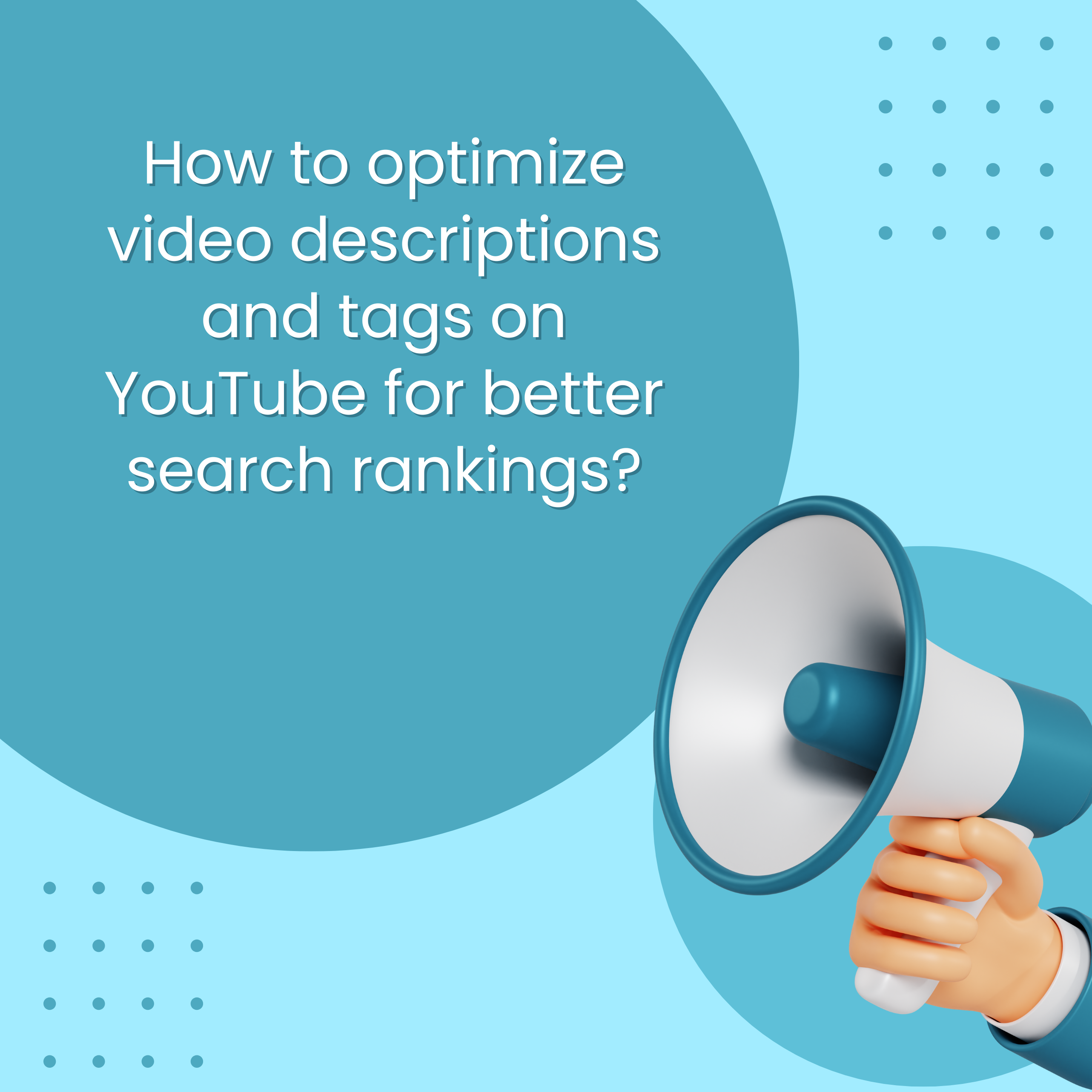Why Optimizing Video Descriptions and Tags on YouTube Matters
YouTube is the second-largest search engine in the world, and optimizing your video descriptions and tags is crucial for improving your search rankings. Without proper optimization, your content may get lost in the sea of videos uploaded every minute. A well-crafted description and strategically chosen tags can significantly boost your video’s visibility, attract more viewers, and increase engagement. This not only helps you grow your audience but also enhances your channel’s authority over time. If you’re serious about succeeding on YouTube, mastering these elements is non-negotiable.
Key Strategies for Optimizing Video Descriptions
Your video description is more than just a summary of your content—it’s a powerful tool for SEO. Start by including your primary keyword within the first two sentences to signal relevance to YouTube’s algorithm. Use natural language to describe your video’s content, and don’t forget to add secondary keywords that complement your main topic. Include links to your social media profiles, website, or related videos to drive traffic and engagement. Additionally, timestamps can improve user experience, making it easier for viewers to navigate your video. Finally, always add a call-to-action (CTA) to encourage likes, comments, and subscriptions.
How to Effectively Use Tags for Better Rankings
Tags play a critical role in helping YouTube understand the context of your video. Begin by using your primary keyword as the first tag, followed by variations and long-tail keywords. Avoid overloading your tags with irrelevant terms, as this can confuse the algorithm and hurt your rankings. Instead, focus on tags that accurately reflect your video’s content and audience intent. Tools like TubeBuddy or VidIQ can help you identify high-performing tags used by competitors. Remember, tags should complement your description and title, creating a cohesive SEO strategy that maximizes your video’s discoverability.
Advanced Tips for Maximizing YouTube SEO
Beyond descriptions and tags, there are additional steps you can take to optimize your videos. Use closed captions and subtitles to make your content accessible and improve keyword indexing. Leverage YouTube’s end screens and cards to promote other videos and keep viewers engaged longer. Pay attention to your video’s thumbnail and title, as these are the first elements users see. A compelling thumbnail paired with a keyword-rich title can significantly increase click-through rates. Lastly, monitor your analytics to identify what works and refine your strategy over time.
Take Action and Elevate Your YouTube Game
Optimizing video descriptions and tags is a continuous process that requires attention to detail and a willingness to adapt. Start by auditing your existing videos and applying the strategies discussed above. Experiment with different keywords, tags, and CTAs to see what resonates with your audience. Remember, consistency is key—regularly updating your content and staying informed about YouTube’s algorithm changes will keep you ahead of the competition. Ready to take your channel to the next level? Begin optimizing today and watch your search rankings soar!
